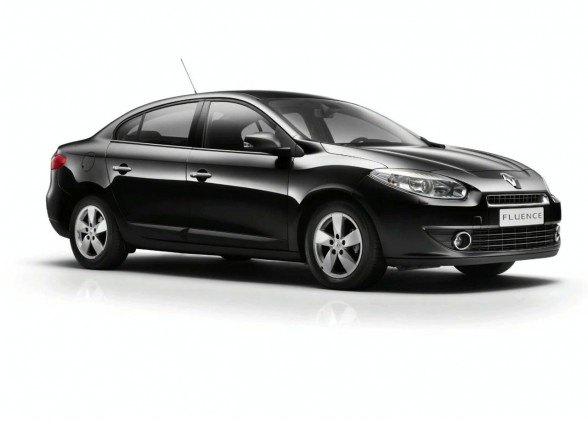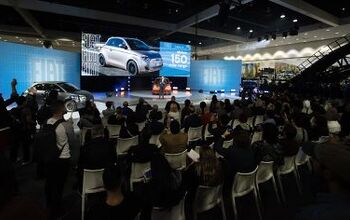Better Place: Buy Electric, Save Money
Project Better Place founder Shai Agassi tells Auto Motor und Sport that his firm’s EV versions of the Renault Fluence will cost €3,000- €5,000 less than the gas-powered Renault versions. The only downside is that you have to live in Israel or Denmark to qualify. Oh yeah, and then there’s the “batteries not included” issue. To actually use the car you need to lease a battery (“The batteries belong to us,” scowls Agassi) which will run you about €250/month for about 1,500 miles (30k km/year). Unlimited mileage costs about €350/month. “Try to make a deal like that with Shell,” dares Agassi. But behind the posturing remains the fact that Better Place’s battery-swap scheme wouldn’t work if the Israeli and Danish governments hadn’t bought in. Agassi admits that his cars would cost more than Renault’s gas-burners if they backing governments didn’t heavily subsidize them. But Agassi figures these incentives will merely bridge the gap to higher volumes. “Electric cars are like other electronic devices: every two or three years the price will go down by half.” Hey, if that’s what it says on the business plan . . . .
More by Edward Niedermeyer

































Comments
Join the conversation
Pete - we agree with you = "there are no more (or less) failure paths." I think the aim of recent posts has been at disproving Sutski's premise (quoted below) that electric cars are going to be a lot less troublesome than ICE cars... This is indicative of the ICE as a whole. Regular repairs are necessary and hence costs to punter are unavoidable. We are being ripped of by shit engineering being built in to allow future revenues. I have no doubt. With electric the most common failure points are eliminated. Brake discs, oil filters, crap little battery, clutch, drive train, alternator, etc.etc.
@ Lokkii Actually, I'm afraid I agree with Sutski, perhaps not the bit about brakes etc. My “there are no more (or less) failure paths” applies only for comparable components and specifically (in this case) to Ronnie's remark about wiring looms. A pure EV drive train is extremely likely to be more reliable than any ICE based design, Prius included. It's not this simple, but; the part count is lower, there are no gears, there is no reciprocating motion, there is no high pressure fuel system etc.... Besides that, electric motors are the most reliable machines we have. Yes, any other subsystem is going to be no more or less reliable than a regular car.
We're building a proof-of-concept car that takes simplicity of the drive train to an extreme. We have two motors and controllers, one for each rear wheel. Each motor is just coupled directly to a half-shaft. The rear wheels have no friction brakes -- braking is done dynamically by putting a resistive load across the motor (we decided regenerative braking was not worth the trouble). Front-wheel brakes are by wire, with electric actuators pushing on the disk brake pistons. Front-wheel steering is by wire, with an independent linear actuator hooked to the steering knuckle for each wheel. A microcontroller controls the throttle, steering and brakes. We're using a two-axis joystick for the driver controls. The forward-backward axis is throttle and braking. The right-left axis is steering right and left. The microcontroller does the differential by software. It does the Ackermann angle for steering by software. We have a bank of batteries with a gasoline generator to recharge them. That electrical power source is the weak link in the drive train, one that needs to be improved. We think this design can be rock-solid reliable and durable. Much more than a gasoline car. But we will see how it works in real life.
@ Daanii2 we decided regenerative braking was not worth the trouble. Why would you do that? Please excuse me being superficial, but without that feature, and depending on the driving types, you place yourself behind the Volt and likely behind the Prius.